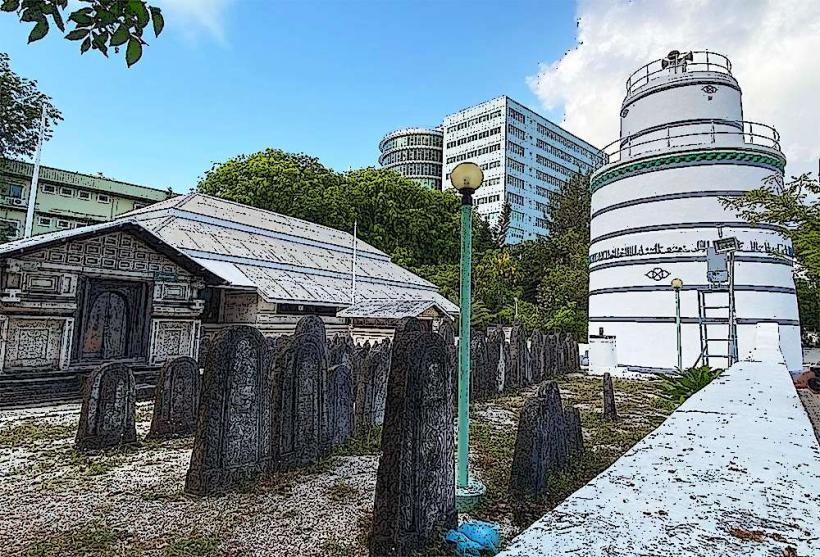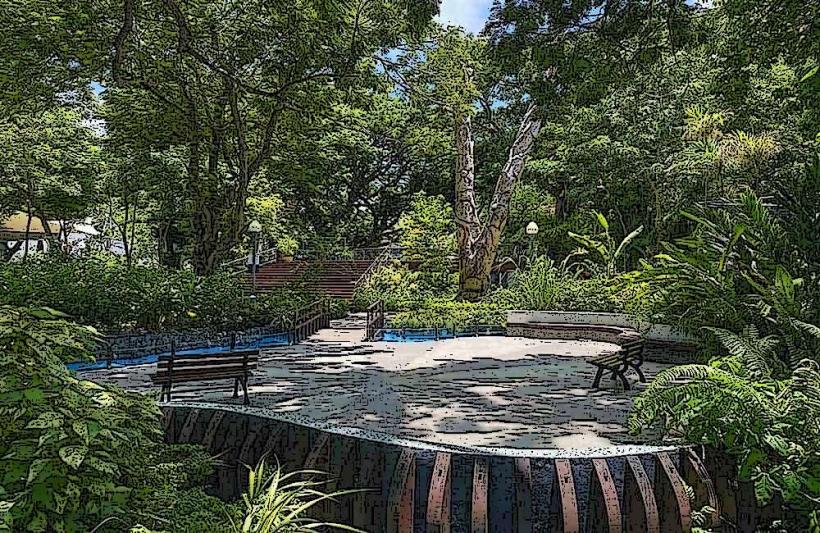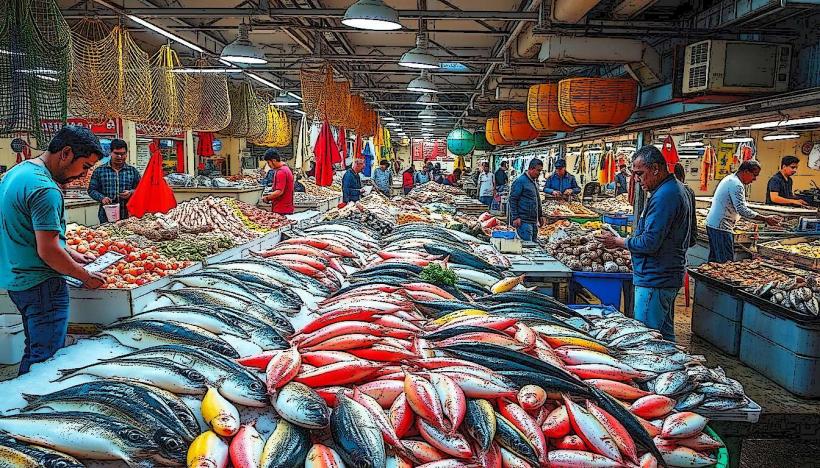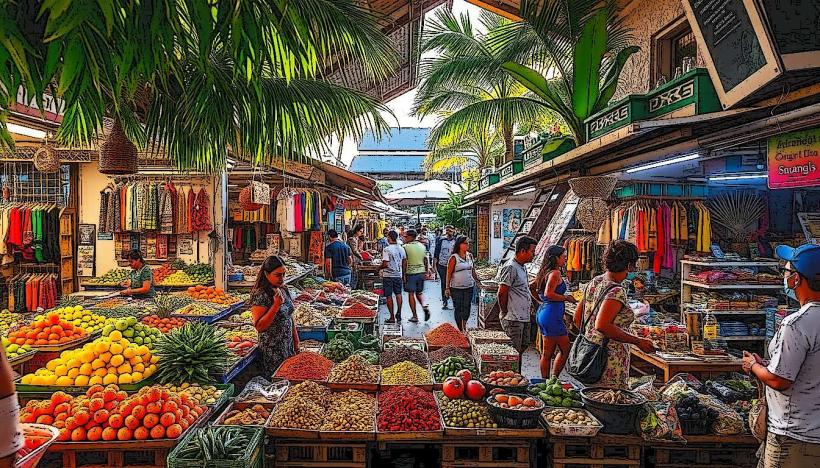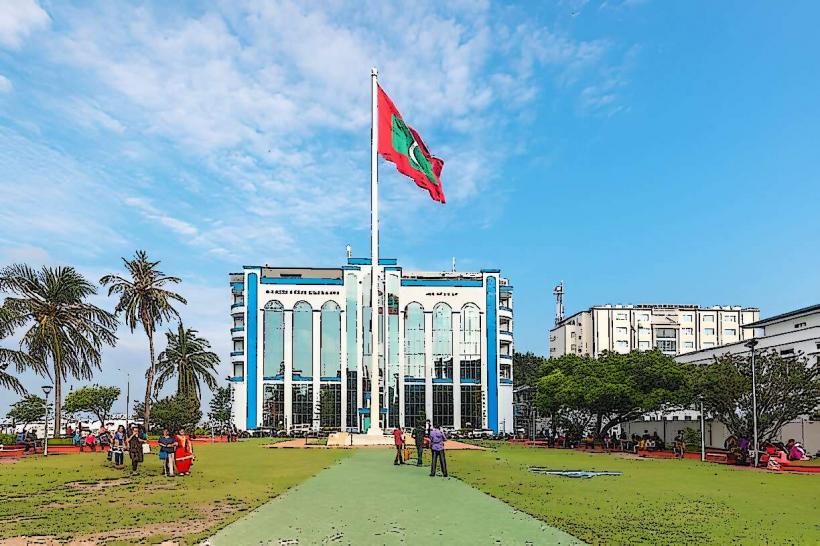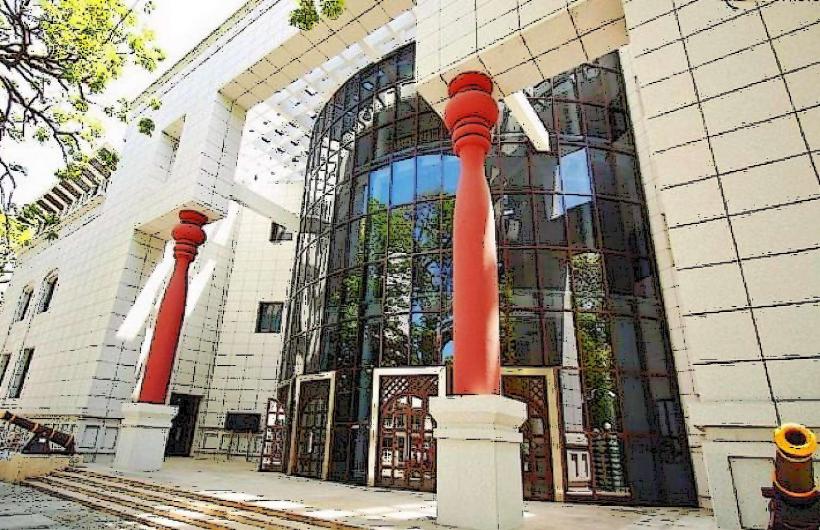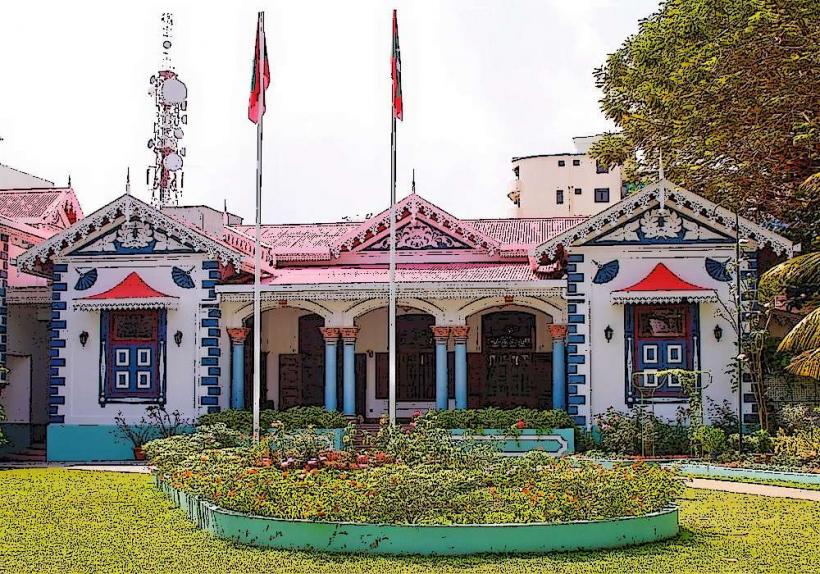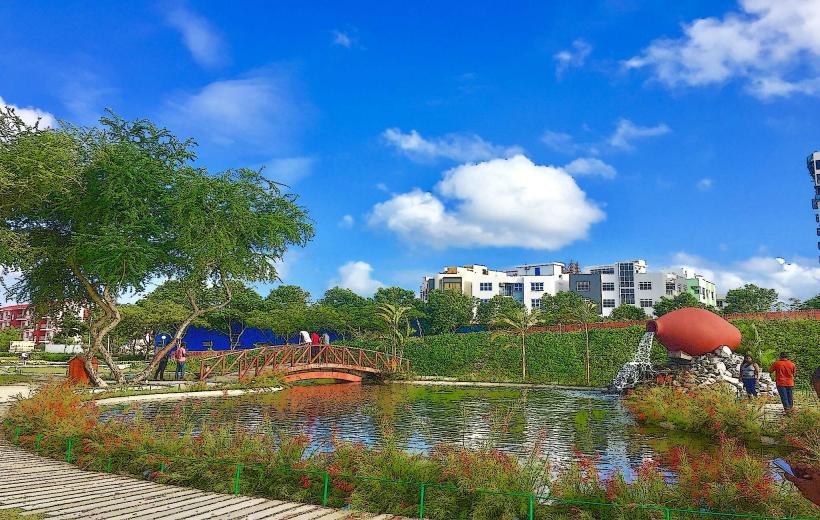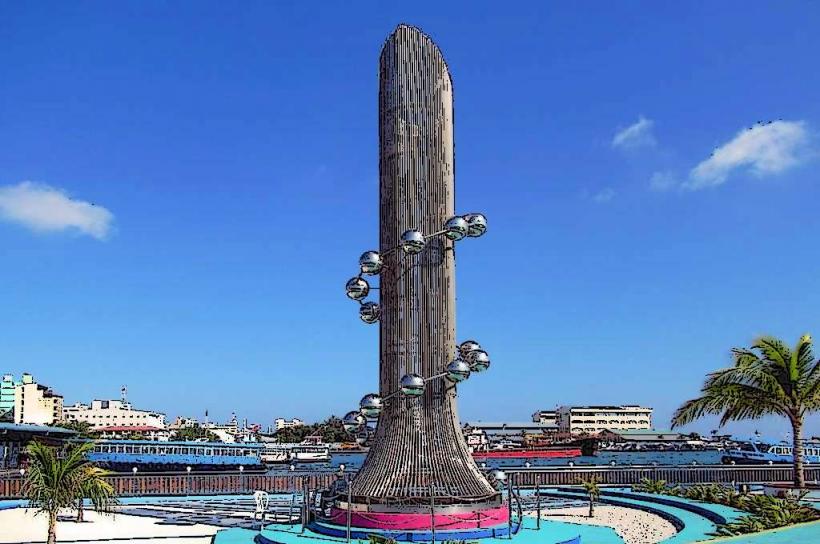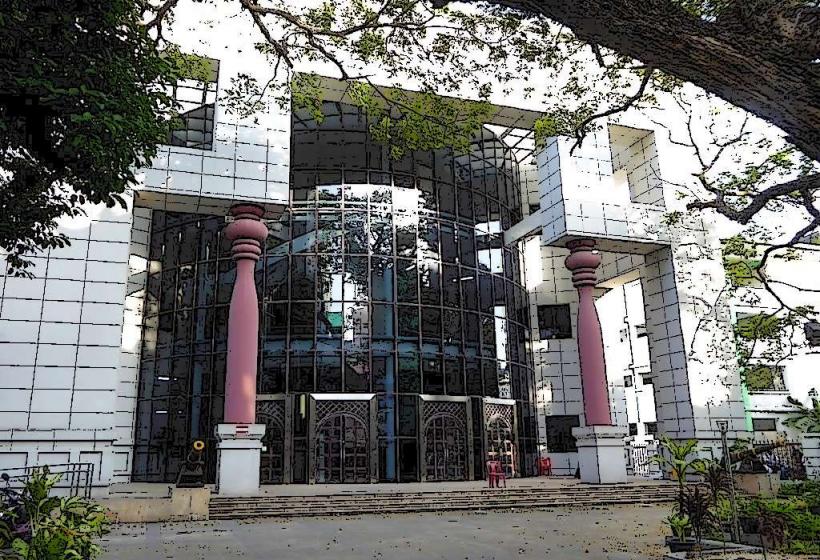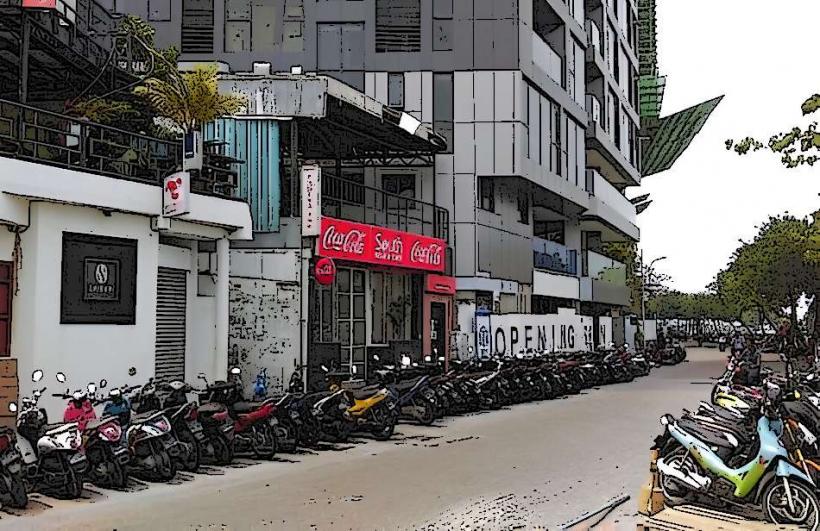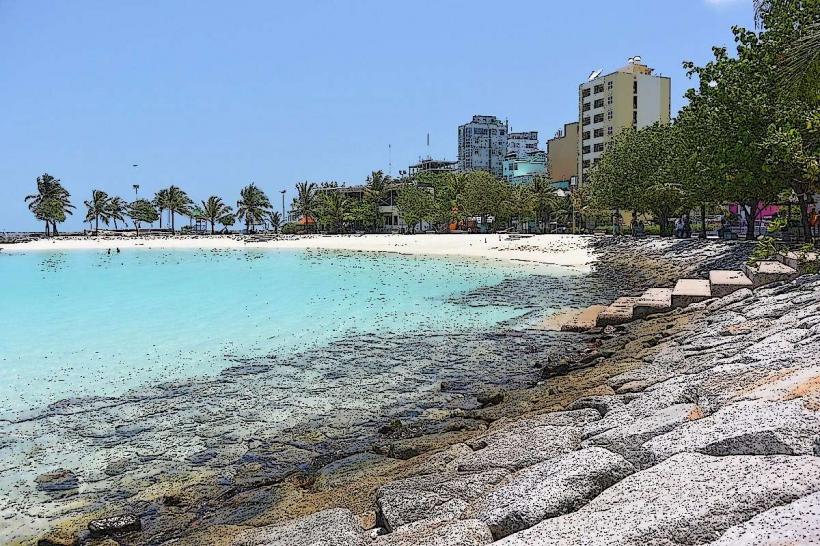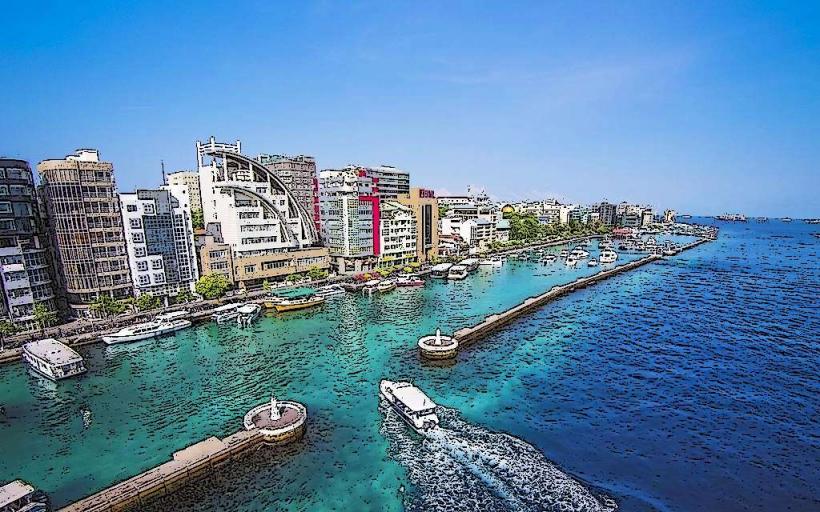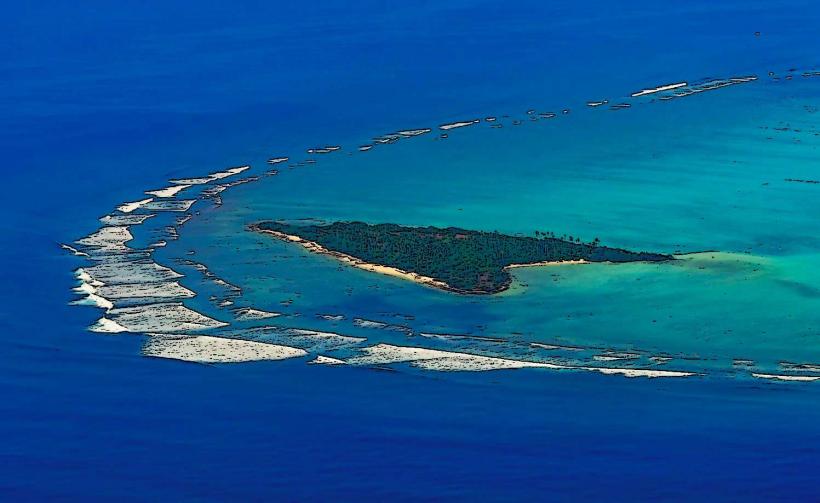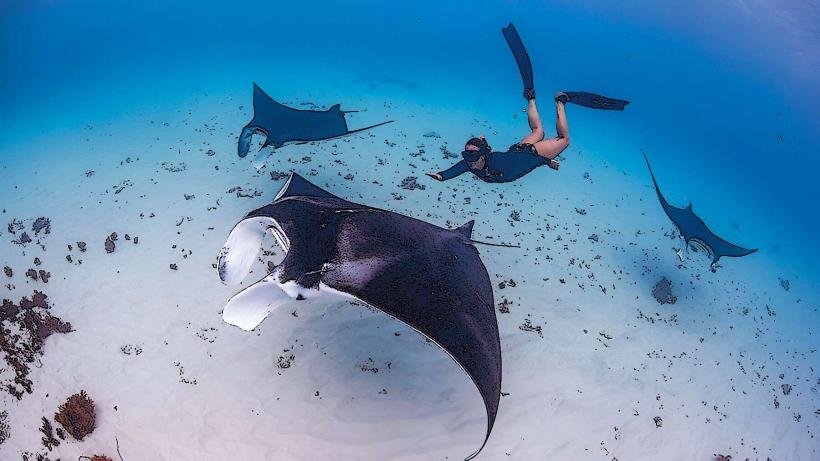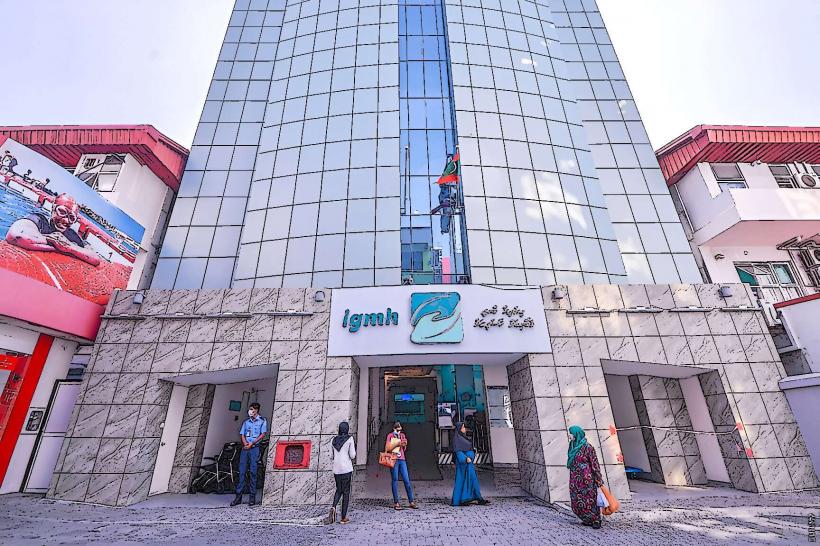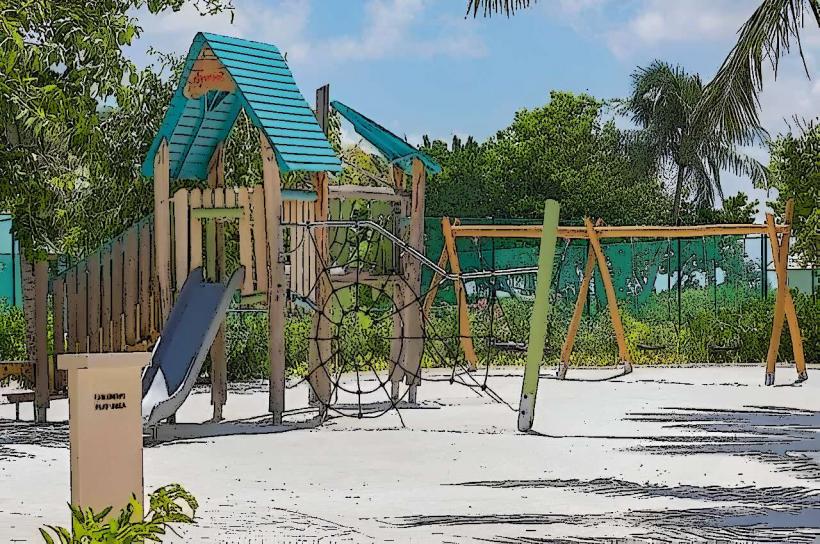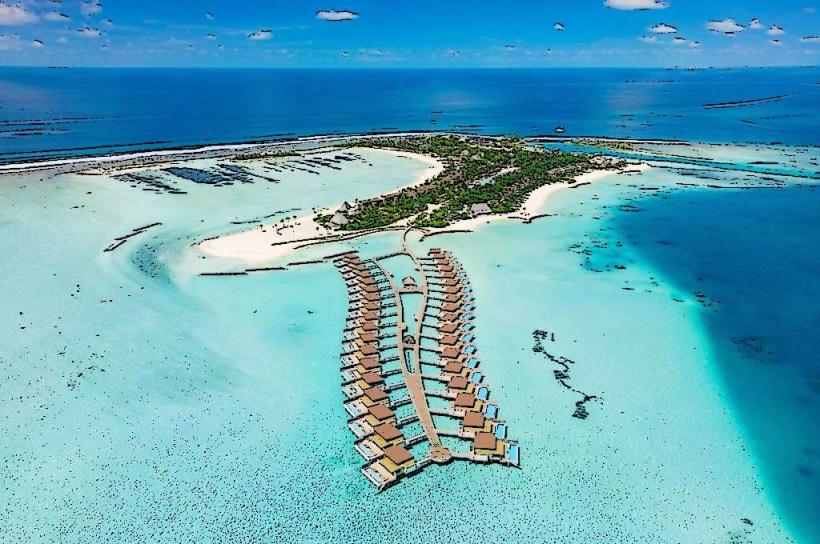Information
Landmark: Victory MonumentCity: Male
Country: Maldives
Continent: Asia
The Victory Monument in Malé, Maldives, is a significant national landmark that commemorates the country's victory in the 1988 Maldives coup d'état attempt. The monument symbolizes the courage and resilience of the Maldivian people, the military, and the government forces in repelling the coup and restoring peace to the country. Here's a detailed overview of the Victory Monument:
1. Location:
- The Victory Monument is located in the central area of Malé, the capital city of the Maldives. It is prominently situated in Victory Square, a public space that also hosts several other important national landmarks and government buildings.
- The monument's central location makes it easily accessible to both locals and tourists visiting the city.
2. Historical Context:
- The monument was erected to commemorate the successful defense of the Maldives during the 1988 coup attempt, which occurred on November 3, 1988. The coup was carried out by a group of armed militants who attempted to overthrow the Maldivian government, led by President Maumoon Abdul Gayoom at the time.
- The attackers, led by Ibrahim Didi, were primarily mercenaries from Sri Lanka and other foreign nationals, supported by a faction within the Maldives. Their plan was to take control of the country, but they were repelled after intense fighting.
- The turning point in the conflict came with the arrival of Indian military forces (under the Indian Peace Keeping Force - IPKF), who assisted the Maldivian government forces in defending the nation.
- The coup attempt was quickly quashed, and the Victory Monument was erected as a tribute to those who fought to protect the nation and its sovereignty.
3. Design and Structure:
- The Victory Monument consists of a large steel structure, symbolizing the strength and resilience of the Maldivian people. The monument is designed to resemble a stylized sword, symbolizing the courage and determination of the Maldivian military in defending the country during the attack.
- The monument stands tall, with metallic elements that reflect the light, making it a striking landmark in the heart of Malé. The design emphasizes modernity, while also symbolizing the military defense and the resilience of the nation.
- The base of the monument features engraved plaques that provide historical context and commemorate the soldiers, officers, and civilians who played a crucial role in protecting the country during the coup.
4. Symbolism:
- The Victory Monument symbolizes the success of the Maldivian people in overcoming the challenges of the coup attempt and the determination of the nation's defense forces to protect the sovereignty of the country.
- The sword-like design represents the military strength and the resolve of the nation in times of crisis. It also acts as a tribute to the Indian military's support, which was crucial in the successful defense.
- The monument honors the victims of the coup attempt and recognizes the sacrifices made by the Maldivian people, as well as those who participated in the rescue and defense efforts.
5. Public Engagement and Significance:
- The Victory Monument is an important site for national reflection, especially on November 3rd each year, when the country observes the National Day to mark the defeat of the coup. On this day, the monument becomes a site for ceremonies and remembrances, with people gathering to honor the events and people involved in the defense of the nation.
- The monument stands as a reminder of the Maldives’ resilience, with local schoolchildren, military personnel, and citizens often visiting the site to pay tribute to those who sacrificed their lives during the coup attempt.
- The Victory Monument serves as a focal point for national pride and unity, emphasizing the strength of the country in the face of external threats.
6. Visitor Experience:
- The Victory Monument is located in a public square, making it a popular stop for both locals and tourists. Visitors can walk around the monument, read the inscriptions on the plaques, and reflect on the historical significance of the event it commemorates.
- The area around the monument is typically well-maintained, with plenty of seating and open spaces where visitors can relax and take in the views of the surrounding city. The monument also serves as a backdrop for various cultural and national events, adding to its importance as a site of both remembrance and celebration.
7. Role in National Identity:
- The Victory Monument is a key part of the Maldives' national identity and its historical narrative. It serves as a symbol of the nation's sovereignty and the collective strength of its people in defending their freedom.
- The monument also emphasizes the role of regional cooperation, particularly the support from India during the crisis, highlighting the importance of diplomatic and military alliances in maintaining peace and stability in the region.
8. Conclusion:
The Victory Monument in Malé is a significant landmark that commemorates the resilience, strength, and unity of the Maldivian people in overcoming the challenges posed by the 1988 coup attempt. The monument stands as a tribute to those who sacrificed their lives in defense of the nation and is a symbol of the Maldives' commitment to sovereignty, peace, and national pride. It continues to serve as an important reminder of the country’s history, and its role in shaping the collective identity of the Maldivian people.

